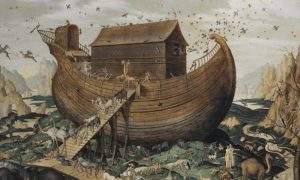1) Flying Kites
Celebrating Easter is a weekend affair on the beautiful British island of Bermuda. The festivities begin with the Good Friday KiteFest, enjoyed by locals and visitors alike, according to Go to Bermuda, the island’s travel site. People who want to celebrate come to Horseshoe Bay Beach to show off and fly their homemade kites, often with bold, brightly-colored, geometric designs. While Bermudians make kites of different shapes and sizes, most are hexagonal or octagonal and use a cross part of the structure. There are a number of categories to compete in, including Best Traditional Bermuda Kite, Most Innovative Design, and more.
The story goes that a local Sunday school teacher explaining Christ’s ascension launched a kite that looked like Jesus to help the students understand — and the tradition was born.
Throughout the weekend, folks also eat codfish and traditional hot cross buns. And on Easter Sunday, Bermudians attend sunrise services held on different beaches across the island.
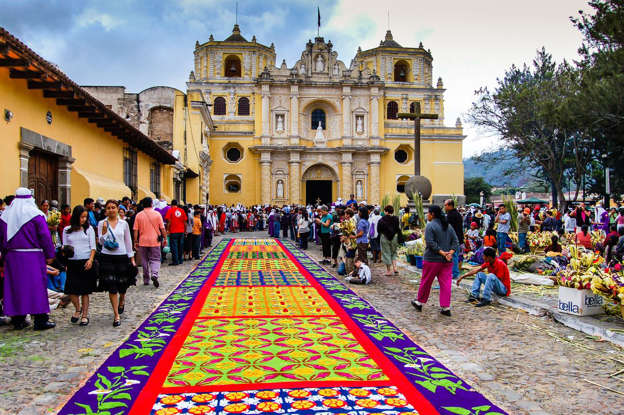
2) Creating Colorful Outdoor Carpets
Antigua in southern Guatemala covers its streets in colorful carpets throughout Holy Week in preparation for its Good Friday procession, according to Condé Nast Traveler. The long carpets are made from flowers, colored sawdust, fruits, vegetables, and sand. They’re often covered in scenes that are important to the artists who make them, ranging from religion to Mayan traditions to nature and Guatemalan history. With some as long as half a mile, artists use stencils to assemble the carpets quickly. They have just 24 hours to create their works of art the day before the Good Friday procession.
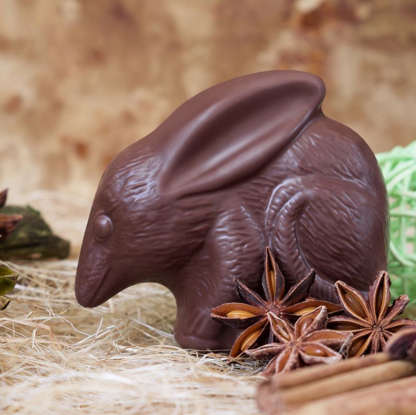
3) Eating Chocolate Easter Bilbies
In 1991, Rabbit-Free Australia launched a campaign to replace the Easter bunny with the Easter bilby, or rabbit-eared bandicoot. Why the switch? In Australia, rabbits are widely considered pests for destroying crops and land. Companies now make chocolate bilbies for Easter, according to HuffPost, with proceeds benefiting the endangered animals.
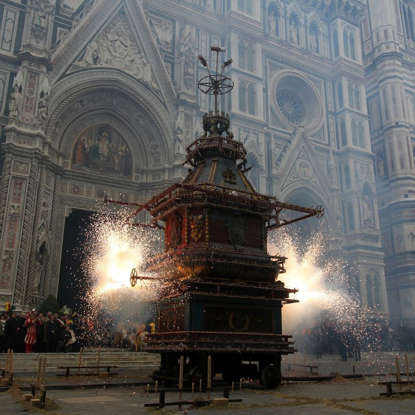
4) Gathering for Fireworks Displays
In Florence, Italy, locals celebrate a 350-year-old Easter tradition known as Scoppio del Carro, or “explosion of the cart.” An ornate cart packed with fireworks is led through the streets of the city by people in colorful 15th century costumes before stopping outside the Duomo. The Archbishop of Florence then lights a fuse during Easter mass that leads outside to the cart and sparks a lively fireworks display. The meaning behind the custom dates back to the First Crusade, according to Visit Florence, and is meant to ensure a good harvest.
Easter celebrations in Mexico vary by region over a span of two weeks: the week leading up to Easter and the week following it. One Mexican tradition that takes place on Holy Saturday is the Judas Burning, in which giant papier-mâché figures of Judas Iscariot are stuffed with fireworks and blown up for spectators in local plazas.
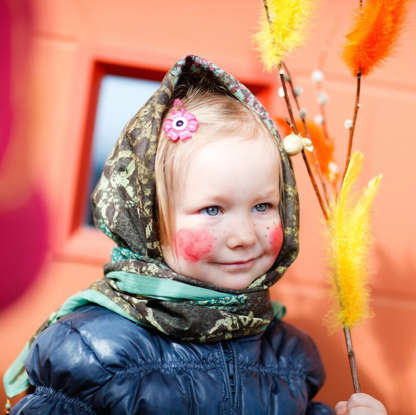
5) Dressing in Costumes
Young children in Finland — especially girls — traditionally dress up as Easter witches, wearing colorful clothing with painted freckles on their cheeks. On Palm Sunday in Eastern Finland and Holy Saturday in Western Finland, the little witches go door-to-door with bunches of willow twigs decorated with colorful feathers and crepe paper. A rhyming blessing is recited to drive away evil spirits, and the children are often given a chocolate egg in return.
On Holy Thursday in the Medieval town of Verges, Spain, the traditional”dansa de la mort,” or “death dance,” is performed, according to the official website of Costa Brava, Spain’s coastal region where Verges is located. To reenact scenes from the Passion, everyone dresses in skeleton costumes and parades through the streets. The procession ends with frightening skeletons carrying boxes of ashes. The macabre dance begins at midnight and continues for three hours into the early morning.
In Prizzi, Sicily, “the Abballu de daivuli is a representation of devils from locals wearing terrifying masks of zinc and dressed in red robes,” according to The Telegraph. Those dressed in costume pester as many “souls” as they can (which really means making them pay for drinks) before the afternoon when the Virgin Mary and the risen Christ save the day by sending the devils away with angels.
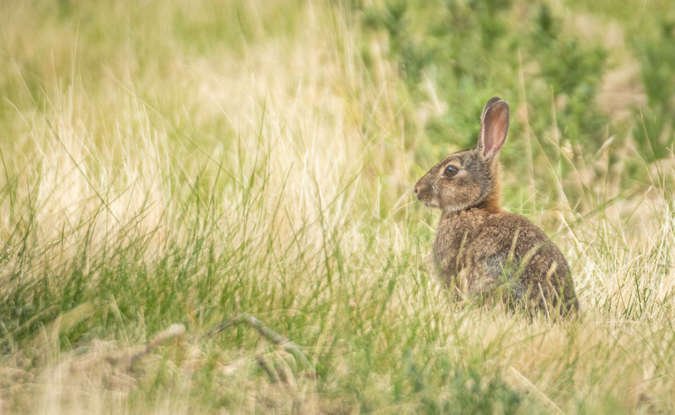
6) Participating in the Great Easter Bunny Hunt
During the annual Great Easter Bunny Hunt in New Zealand, hundreds of hunters gather in Alexandra, a town in the Central Otago district, to hunt rabbits — literally. The tradition has a specific reason behind it, though. The goal is to cut down the rabbit population, which is an introduced species and negatively affects the biodiversity of the environment. Rabbits are considered pests and plague farms in the region, according to The Guardian.

7) Eating a Giant Omelet
Don’t forget a fork if you’re in the southern French town of Haux on Easter Monday. Each year, a giant omelet is served up in the town’s main square, according to Atlas Obscura. And when we say giant, we mean giant: The omelet uses more than 15,000 eggs and feeds up to 1,000 people.
Legend has it, when Napoleon and his army were traveling through the south of France, they stopped in a small town and ate omelets. Napoleon liked his so much that he ordered the townspeople to gather their eggs and make a giant omelet for his army the next day.

8) Throwing Water
On the morning of Holy Saturday, the traditional”pot throwing”takes place on the Greek island of Corfu, Reuters reported. People throw pots, pans, and other earthenware often filled with water out of their windows, smashing them on the street. Some say the custom derives from the Venetians, who on New Year’s Day used to throw out all of their old items, the publication noted. Others believe the throwing of the pots welcomes spring, symbolizing the new crops that will be gathered in the new pots.
In Poland, pouring water on one another is an Easter tradition called Śmigus-dyngus, a.k.a. Wet Monday. On Easter Monday, people try to drench each other with buckets of water, squirt guns, or anything they can get their hands on. Legend says girls who get soaked on Wet Monday will marry within the year.

9) Decorating Willow Branch Whips
In a particularly unique tradition, Czech boys tie ribbons to willow branch whips on Easter Monday and gently “whip” girls to wish them good luck and health. Though some Czech women disagree with the tradition, others say it’s an important piece of folklore and culture.

10) Reading Crime Novels
According to Visit Norway, Easter in the country is a popular time to cozy up in a cabin, ski, and read crime novels (or watch crime shows on television). The tradition is said to have started in 1923 when a book publisher promoted its new crime novel on the front pages of newspapers. The ads resembled news so much that people didn’t know it was a publicity stunt, so it received massive attention. And so the tradition was born. It also helps that in Norway, there’s plenty of time to relax and read, thanks to the length of the Easter holiday season.
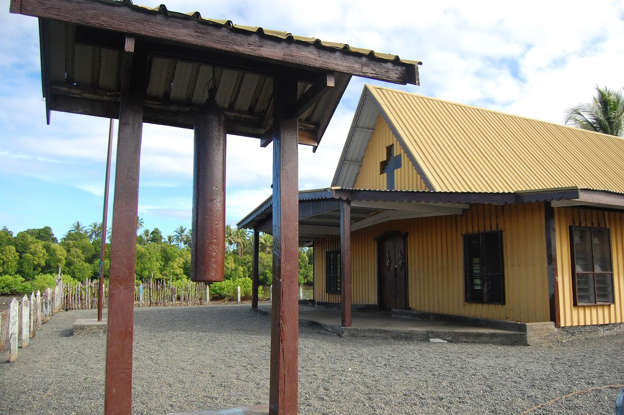
11) Decorating Easter Trees with Tobacco
It is so warm in Papua New Guinea that it’s difficult to keep Easter chocolate from melting. Instead, trees or branches outside of churches are decorated with packs of tobacco and cigarettes, which are given to congregants after church services on Easter Sunday.
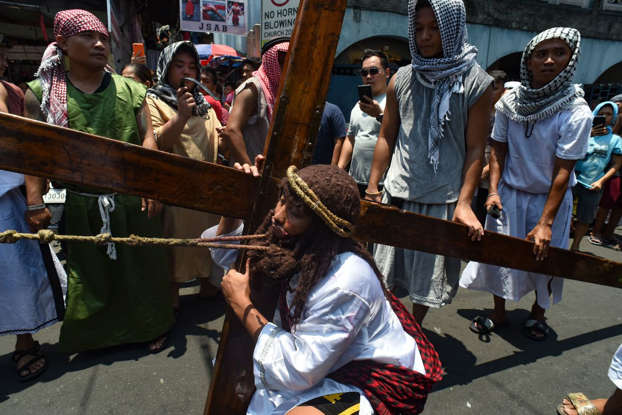
12) Attending Reenactments of the Crucifixion
The Philippines is a mostly Catholic country, so it makes sense that its inhabitants take Easter very seriously. According to DW Akademie, a news site, each year on Good Friday, a few people in San Pedro Cutud in the northern Philippines are nailed to crosses to honor Jesus’ crucifixion. Though the Catholic Church has frowned upon these practices, it’s an annual tradition that brings in thousands of tourists.
Across Mexico, most of the more elaborate Semana Santa (The Holy Week) celebrations include dramatic reenactments of the capture, trial, and crucifiction of Jesus. It’s considered a great honor to take part in the productions, according to Journey Mexico, a local travel company. In more devout regions, such as Taxco, the reenactments include penitentes — individuals “who show their penitence and prove their faith by inflicting physical pain on their bodies by whipping themselves or carrying large religious objects on their backs,” Journey Mexico explains
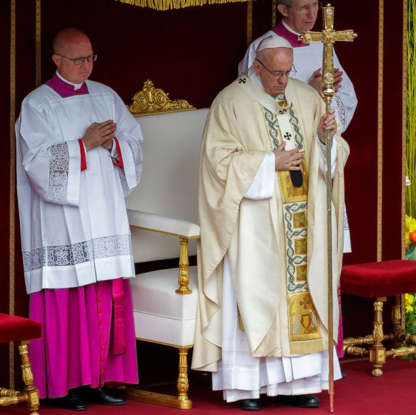
13) Joining a Religious Procession
On Good Friday in Vatican City, the Pope commemorates the Way of the Cross, beginning at the Colosseum, BBC reported. People attending the procession hold candles and make their way around the amphitheater and up to Palatine Hill, stopping 14 times along the way to represent the 15 Stations of the Cross. Mass is celebrated on the evening of Holy Saturday, and on Easter Sunday, thousands of visitors congregate in St. Peter’s Square to await the Pope’s blessing from the church’s balcony, known as “Urbi et Orbi” ( “To the City and to the World”).
Taking place in the city where it is believed Jesus was crucified, Christians in Jerusalem, Israel celebrate Good Friday by walking the same path Jesus did on the day he was nailed to the cross, according to Tourist Israel, a tourism company. Taking note of his pain that fateful day, some of those who participate carry a cross with them in remembrance. On Easter Sunday, many pilgrims attend a church service at Garden Tomb — the area it is believed Jesus was buried.
Some regions of Mexico prefer more low-key celebrations than the ones mentioned above, like a silent procession through town or visiting 12 churches in 12 days.






